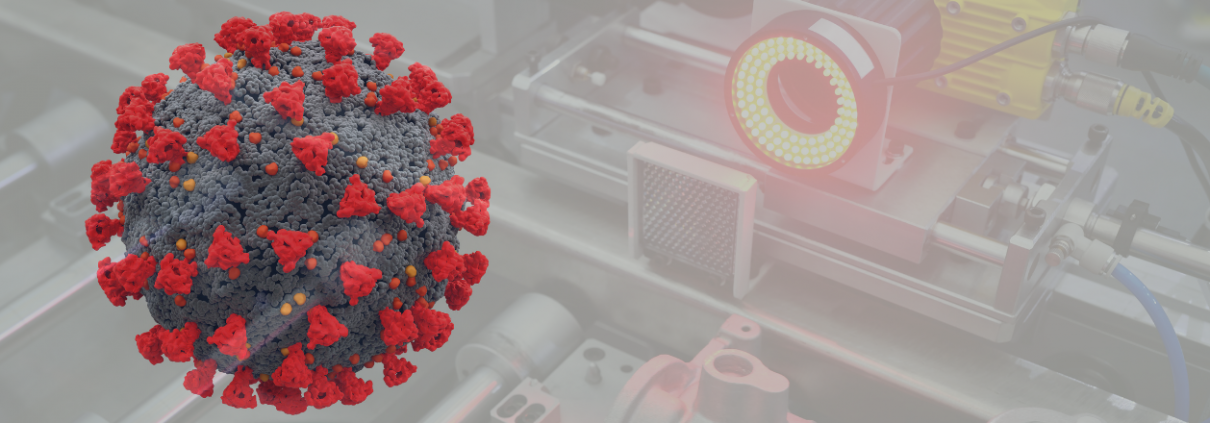Monitoring and evaluating the risk of infection with COVID-19
Researchers from the Institute of Numerical Modelling have published two new research articles on a monitoring system and a numerical model for evaluating the risk of infection with COVID-19. The article titled Numerical Model for Prediction of Indoor COVID-19 Infection Risk Based on Sensor Data by Jānis Virbulis![]() , Maija Sjomkāne
, Maija Sjomkāne![]() , Maksims Surovovs
, Maksims Surovovs![]() , Andris Jakovičs
, Andris Jakovičs![]() and the article titled A monitoring system for evaluation of COVID-19 infection risk by Jevgēņijs Teličko
and the article titled A monitoring system for evaluation of COVID-19 infection risk by Jevgēņijs Teličko![]() , Dagis Daniels Vidulējs
, Dagis Daniels Vidulējs![]() un Andris Jakovičs
un Andris Jakovičs![]() have both been published in Journal of Physics: Conference Series.
have both been published in Journal of Physics: Conference Series.
Researchers have developed a monitoring system and a numerical model for evaluating the infection risk with COVID-19. The model is based on sensor data such as temperature, humidity etc. and utilizes numerical modelling as well as artificial intelligence algorithms to predict the infection risk in a certain space, it is described in detail in the research articles. The model is much better at predicting the risk than the widely used CO2 measurement sensors and guidelines suggesting the number of people per square meter.
A successful ERDF project proposal titled System for determining and diminishing the risk of infection with COVID-19 indoors ensures a two-year-long continuation of the research project that was initiated in 2020. The project aims to develop improved neural network algorithms for image processing and noise detection, to enhance the accuracy of the infection risk model, to build a system prototype and to offer feasible solutions for improving the air quality.


